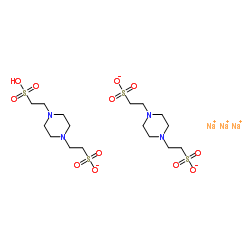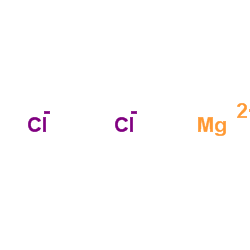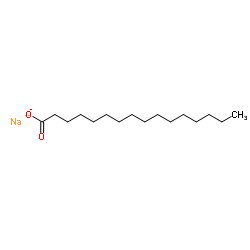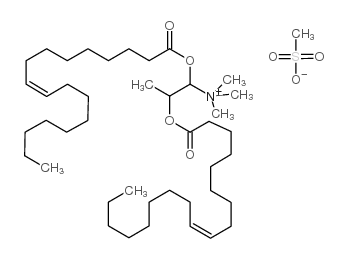| Structure | Name/CAS No. | Articles |
|---|---|---|
 |
sodiumborohydride
CAS:16940-66-2 |
|
 |
PIPES
CAS:5625-37-6 |
|
 |
Sodium Oleate
CAS:143-19-1 |
|
 |
Magnesium choride
CAS:7786-30-3 |
|
 |
Palmitic acid sodium
CAS:408-35-5 |
|
 |
DOTAP Transfection Reagent
CAS:144189-73-1 |